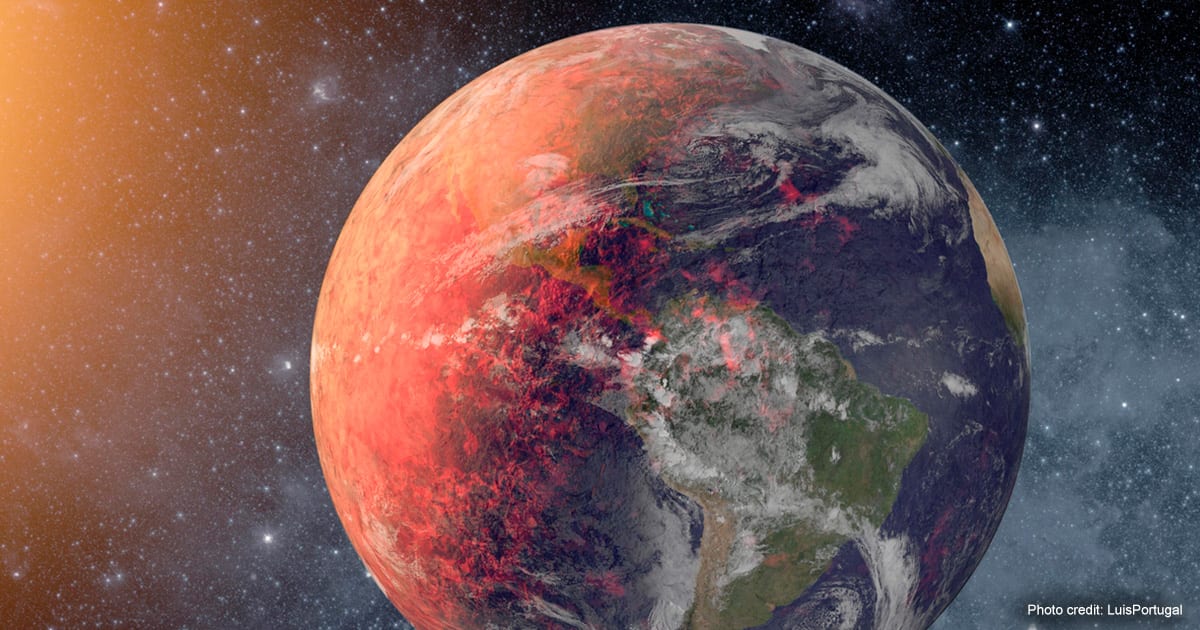
Jun 15, 2021 How to Save our Planet: An 8-minute thought-provoking video from the World Wildlife Fund
This video is worth watching simply to feast on the photographs and video images from around the world. The images are stunning, but they are freighted with warnings and eventually with an outline of specific goals that the video argues could help humans change the world from an unsustainable to a sustainable future. These goals are as follows.
- An Energy Revolution – phasing out fossil fuels. This revolution is already happening. In the Wall Street Journal of May 17, 2021, there is a story about an energy company whose main focus has been the development and running of gas-fueled power stations. The company is looking to shift its investment into battery storage for renewable energy (primarily wind and solar) so that, as the CEO of the company argues, they do not become the next Blockbuster Video. Blockbuster Video was a company renting videos for home watching that went out of business because of the introduction of video streaming services. While we still have a long way to go before the Energy Revolution makes a difference, it look as though we will be well into the revolution by 2030.
- A Food Revolution – upgrading to efficient food production and reducing the consumption of meat. This revolution is already underway although it is much less developed than the energy revolution. Industry is starting to invest in alternative proteins, but this revolution is unlikely to be fully engaged until 2040. When it is fully engaged, deforestation should have been halted and reversed and the amount of land available for wildlife should be increasing.
- Manage the Oceans – creating a global network of no-fish zones. The creation of marine reserves has led to an increase in the populations of commercially important species outside the protected areas. In December 2020, fourteen countries announced plans to protect a marine area totaling an expanse of ocean roughly the size of Africa. Meanwhile, the United Kingdom established a huge marine protection zone of 260,000 square miles around the remote British territory of Tristan da Cunha, an island in the middle of the South Atlantic.
The video also mentions the issue of human population growth and the pressures on the world resulting from increasing human populations. Given the trends in human fertility, the world is expected to reach peak population sometime between 2050 and 2100. Projected populations range from a low of 8.8 billion to 11 billion. Obviously, a peak population of 8.8 billion would create less pressure on the world than 11 billion people. And yet, international authorities and policy influencers tiptoe around the population issue. As Lester Brown, founder of the Worldwatch Institute, remarked, “Stabilizing population not only helps eradicate poverty, it makes it easier to reach almost every other goal we seek” – see Plan B, page 242.
Even if you are not currently focused on the environmental challenges facing the world, do watch the video. It lasts only eight and a half minutes, and the images are spectacular.


